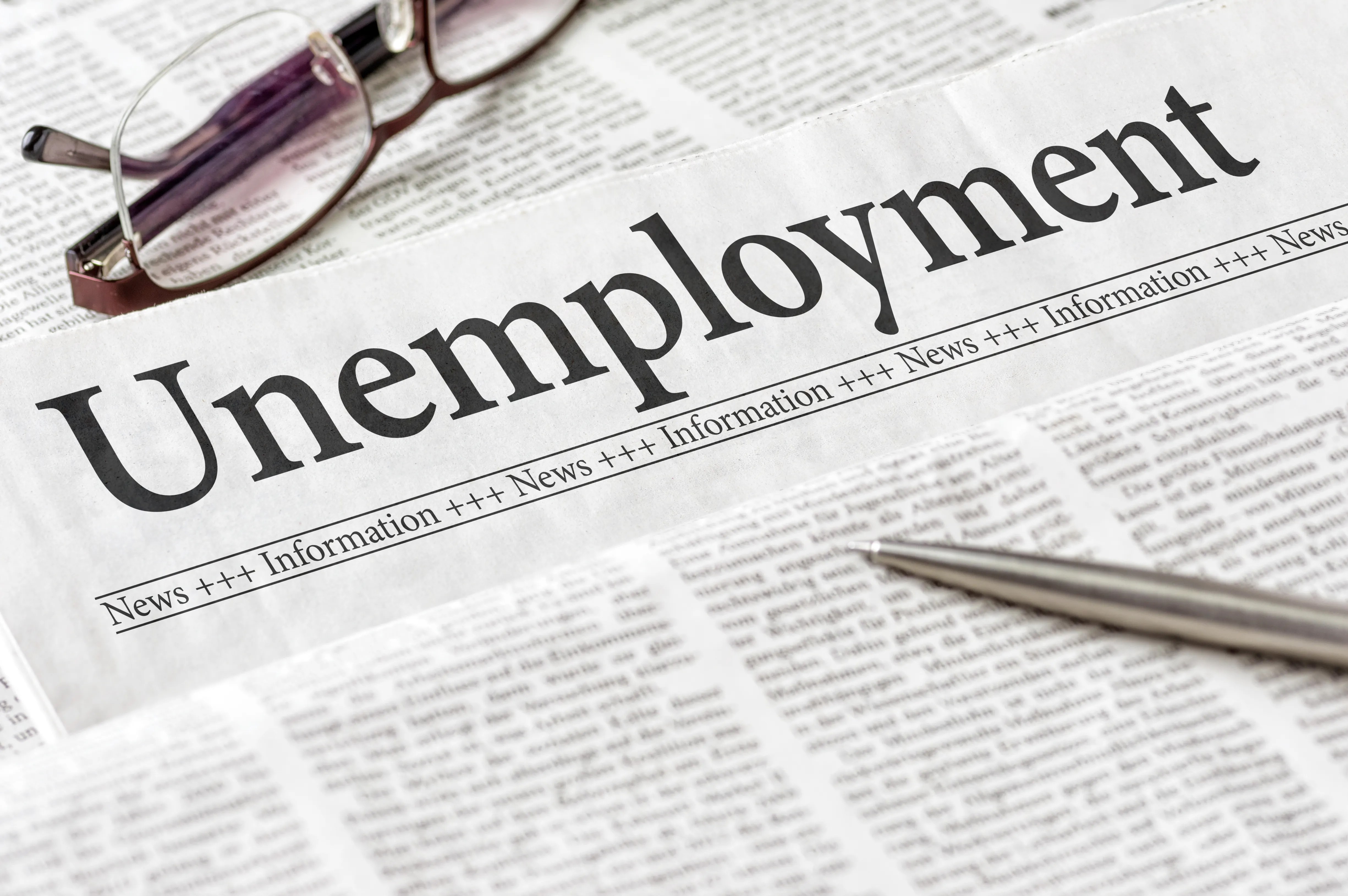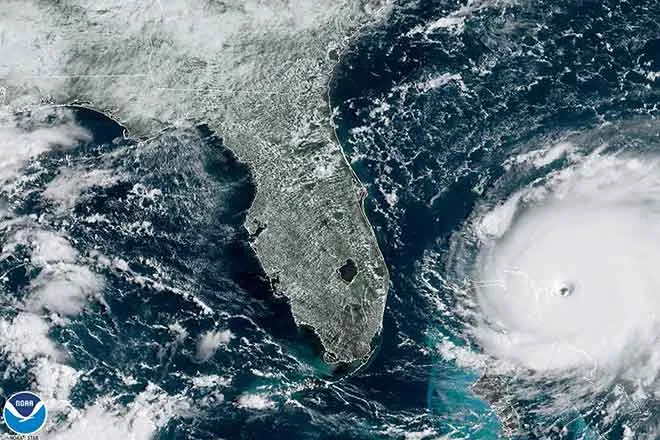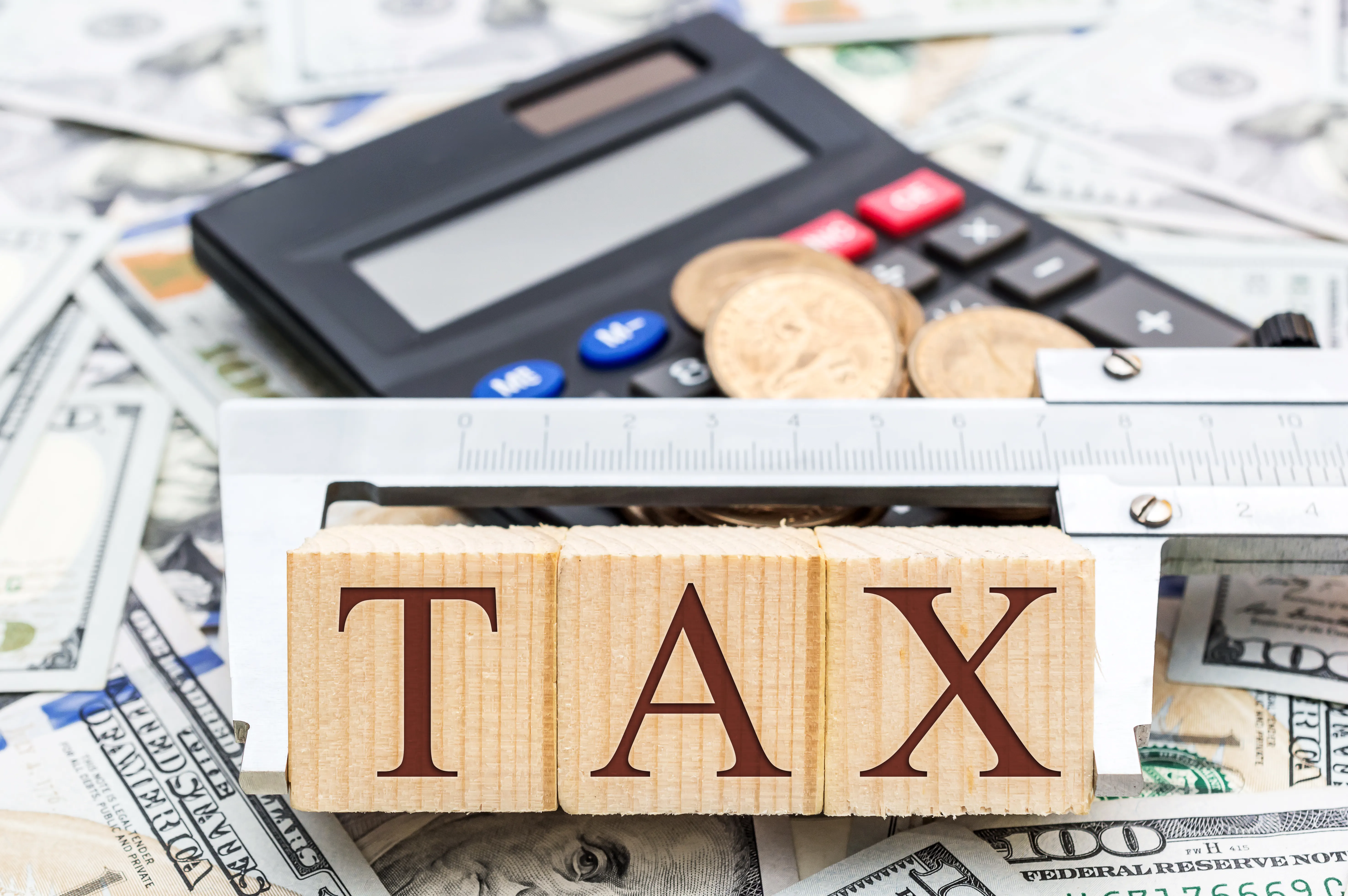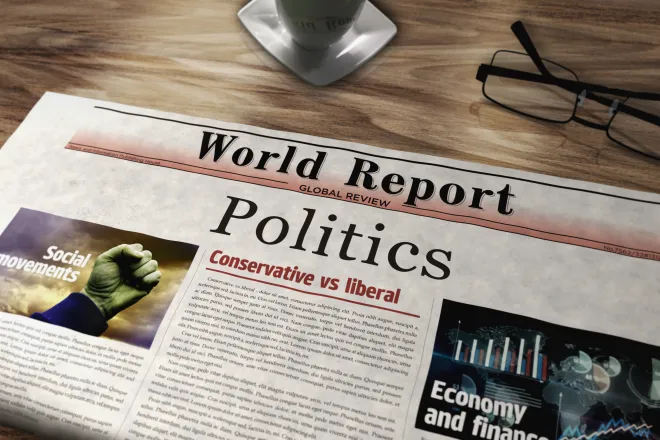
2.7 million children expected to lose federal child tax credit
© iStock
Click play to listen to this article.
Families making up to $400,000 per year filing joint tax returns in Colorado and across the country will see a $200 bump in the federal child tax credit, for a total of $2,200 under the new GOP tax and spending law.
But a new rule, which requires children and at least one parent to have a Social Security number to qualify, is projected to shut out nearly 3 million children nationwide.
Andrea Kuwik, policy and research director for the Bell Policy Center, said many working families who do not earn enough money will not get the full credit under the new law.
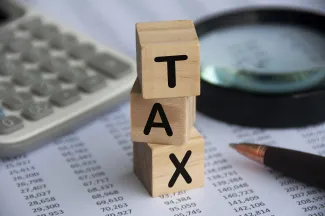
© Jerome Maurice - iStock-1426962165
"It’s not only not giving them a bigger tax credit that they could use for their children but it’s also going to be potentially cutting Medicaid, potentially cutting food-assistance benefits," Kuwik outlined.
To receive the full credit, a single parent with two children needs to earn at least $33,700 dollars per year. Families earning less than $2,500 a year and U.S. citizen children with undocumented parents will not receive anything.
The new tax and spending law also cuts $186 billion from SNAP, formerly food stamps, and $1 trillion from Medicaid and the Children’s Health Insurance Program over the next decade.
Colorado’s Family Affordability Tax Credit prioritizes children in the state’s lowest-income families. They get benefits even if a family’s income was so low they did not have to pay income taxes.
Kuwik noted it will be difficult for lawmakers to assist families losing the federal credit.
"Other states have the ability to create additional revenue raising tools and they have the ability to do that in a really responsive way to what’s happening," Kuwik pointed out. "Because of the Taxpayer’s Bill of Rights, we don’t have that ability."
The federal child tax credit, passed in 1997, helps families cover basic needs such as food but also sports and other after-school activities. Kuwik added entire communities could see economic ripple effects if low-income households lose those benefits.
"Because what we see is those folks then go and spend those dollars directly back into the community," Kuwik observed. "They’re spending those tax credits on things like school supplies, like after-school programs."


